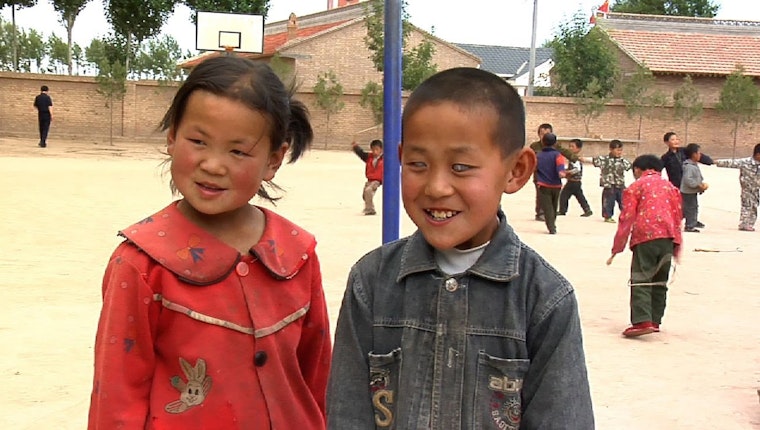Not Just for Bedtime: The Importance of Storytelling
By Joyce Ho

One of the great difficulties in global health communications is to make issues resonate with different audiences. How does one inspire individuals to take action against health disparities that are geographically and culturally foreign to the reader or listener’s life experiences? One key element is effective use of the power of stories.
I personally experienced the influence of the narrative recently at the UN Association Film Festival (UNAFF). UNAFF was showing a series of documentaries at Stanford, San Francisco, Palo Alto, and East Palo Alto in an effort to raise awareness of major issues in human rights, healthcare inequities, women’s rights, education, and much more. I attended a screening of a film entitled “Restoring the Light,” an hour-long documentary by Carol Liu, a Stanford alumna. This documentary follows the stories of three families involved with the tragic story of access to eye care in rural Chinese villages. The film tells the stories of a young girl battling a bone disease to go to university to secure a future for her family, her grandmother who labors in the fields despite conjunctivitis and cataracts, a little boy filled with life who needs a corneal transplant because doctors gave him the wrong medication when he was one year old, and finally, the physician who makes many sacrifices in order to run an eye clinic for these patients who otherwise would not receive care. The characters were portrayed with such transparency and depth that I genuinely felt touched by their stories. Their fierce spirit to overcome health disparities made the issue come to life, and I walked out of the room feeling inspired to make a difference for that community.
The narrative humanizes issues in a way that statistics simply cannot. When the observer feels an emotional connection to those suffering, he or she will be more likely to join in the cause. “Restoring the Light” was superb because it showcased individuals from all walks of life. The characters were male and female; young, middle-aged, and elderly; educated and uneducated. When I saw the interactions between the granddaughter and her blind grandmother, I thought immediately of my own family. When I heard of the sacrifices the doctor was making to run his mobile clinic, I thought of how I could help out in whatever way I can. Having a range of characters makes it easier for your audience to relate to their stories, and subsequently care about your issue.
In a video discussion online, Dan Ariely, behavioral economics professor at Duke University, explains a phenomenon called the “singularity effect”. He points out that we are more inspired to act when we learn about one individual victim versus hearing about a population facing a crisis. He uses the example of the famine in Africa. One can describe the food shortage crisis with numbers and maps but is that more effective than sharing the example of one child who faces starvation and imminent death? Creating that emotional bond to one identifiable character is much stronger, argues Ariely. “The key to action is not thoughtful deliberation,” he said. “It’s emotion. If something can activate our emotions, we care and we want to do something about it.”
So how do you weave a powerful narrative? Marshall Ganz from Harvard’s Kennedy School of Government explores this issue in an essay on constructing public narratives (PDF). Ganz identifies three pillars to a narrative: the story of self, the story of us, and the story of now. The first, the story of self, shares our own motivations and values that inspire us to action. The story of us frames our personal story in a wider community context; examples include shared crises like the 9/11 attack. The story of now pinpoints the challenges we currently face, and offers some hope towards solving these difficulties. By using these three elements in our stories, we can draw readers in, make them feel connected to the issue, and galvanize them to make change. Combine this technique with Ariely’s idea of the “singularity effect” and you have a good communications strategy.
At the same time, after watching “Restoring the Light,” I was left with lingering questions. The physician had to shut down his clinic in the end due to financial difficulties. What happened to the villagers after that? Are there other organizations that took over eye care? What is being done now after the film is released? This brings up the important topic of continuity. Now that the film raises awareness of the issue of healthcare access, what are we going to do about it? Global health communications requires constant updates to keep the momentum of the cause going. Raising awareness is the first step, but additional plans for action are necessary to achieve maximum effect.
Joyce Ho, a medical student at Stanford University School of Medicine, is the inaugural Stanford-NBC News Global Health Media Fellow, which is funded in part by the Open Society Foundations’ Health Media Initiative.